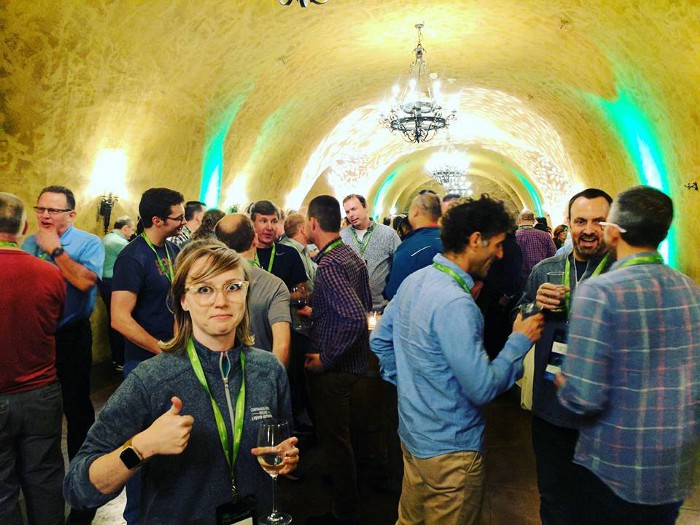This week the Continuous Delivery Foundation published its transparency report for our annual conference cdCon. There’s a lot of great stuff in the report but for me, there is one standout stat worth shouting about:
14% of attendees were women or non-binary
Now at first glance, 14% does not seem like something worth celebrating—but trust me it is. I have been attending open-source and tech conferences for over 15 years. At almost all the conferences I attend the speakers are overwhelmingly male and the attendees are also overwhelmingly male.
Over the last few years, many conferences address the speaker issue and conferences like KubeCon have made huge strides in having an equitable number of speakers across genders. With cdCon we also made a deliberate effort and were thrilled to have 38% of speakers and 58% of keynote speakers be women or non-binary.
But while the leading edge of the industry has started to figure out gender-balanced speakers, the conference attendees are a totally different matter and an even trickier problem to crack. The problem is widespread and Chloe Condon famously captured the issue in a single image in her post ‘What It’s Like to Be a Woman at a Tech Conference‘.

I’d estimate that for most conferences I have attended the percentage of women attendees is 5% or less, but they don’t measure or publish the stats. The latest KubeCon reported that 9% of attendees were women. So cdCon being at 14%—breaking into double figures—is a big fat deal and worth celebrating.
So was this a fluke or did cdCon do something different?
Here are some of the things I believed helped make an impact:
- The conference was virtual. Registration was also free, removing physical and monetary barriers to attend
- Lots of women speakers. Representation matters to attendees. 58% of keynote speakers and 38% of speakers were women.
- Outreach. We reached out to Women in Tech groups as well as our own She(df) community. Additionally, we had an optional donation at registration that enabled us to raise $5,000 for Women Who Code and Black Girls Code.
I’m thrilled that these efforts “moved the needle” and got us into double figures. We truly want to make our conferences open and accessible to all—improving the percentage of women attending seems like a great place to start. Next year cdCon will be bigger and better but we still hope to maintain these kinds of attendance figures. It’s an uphill battle and something we have to tackle mindfully, nevertheless, we are committed to continuously improving and continue to set a leading standard for the rest of the industry.